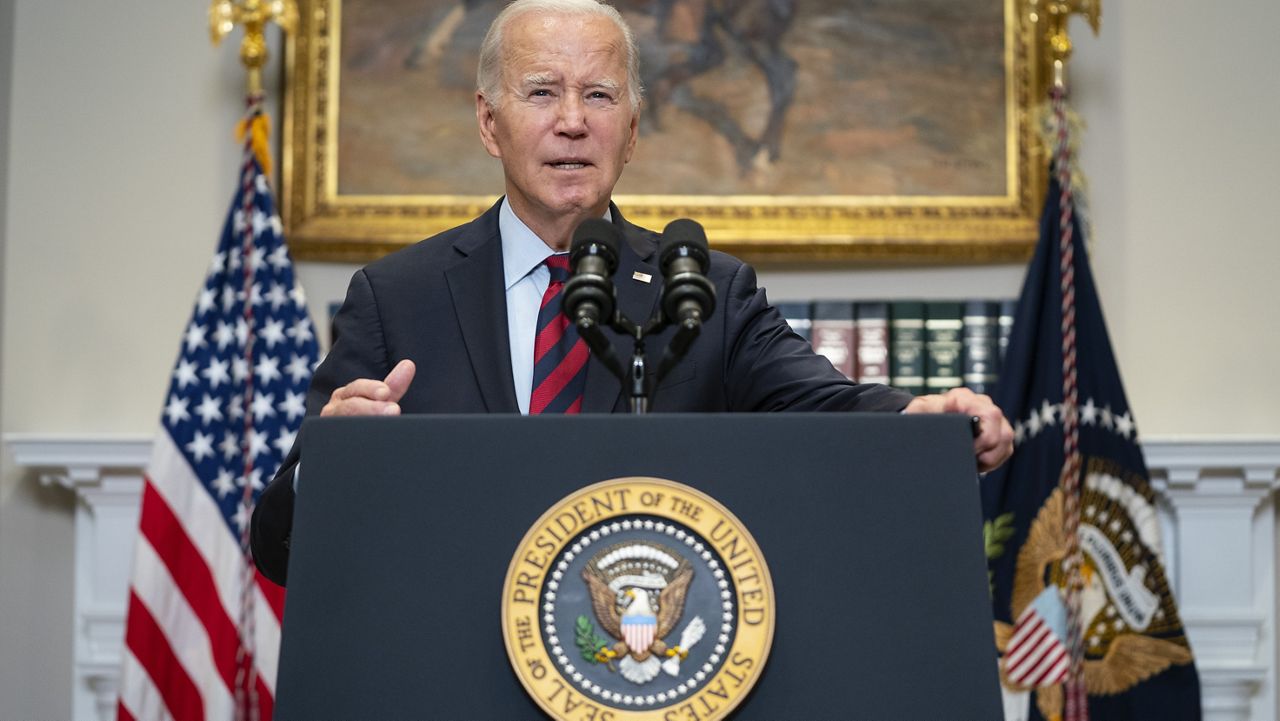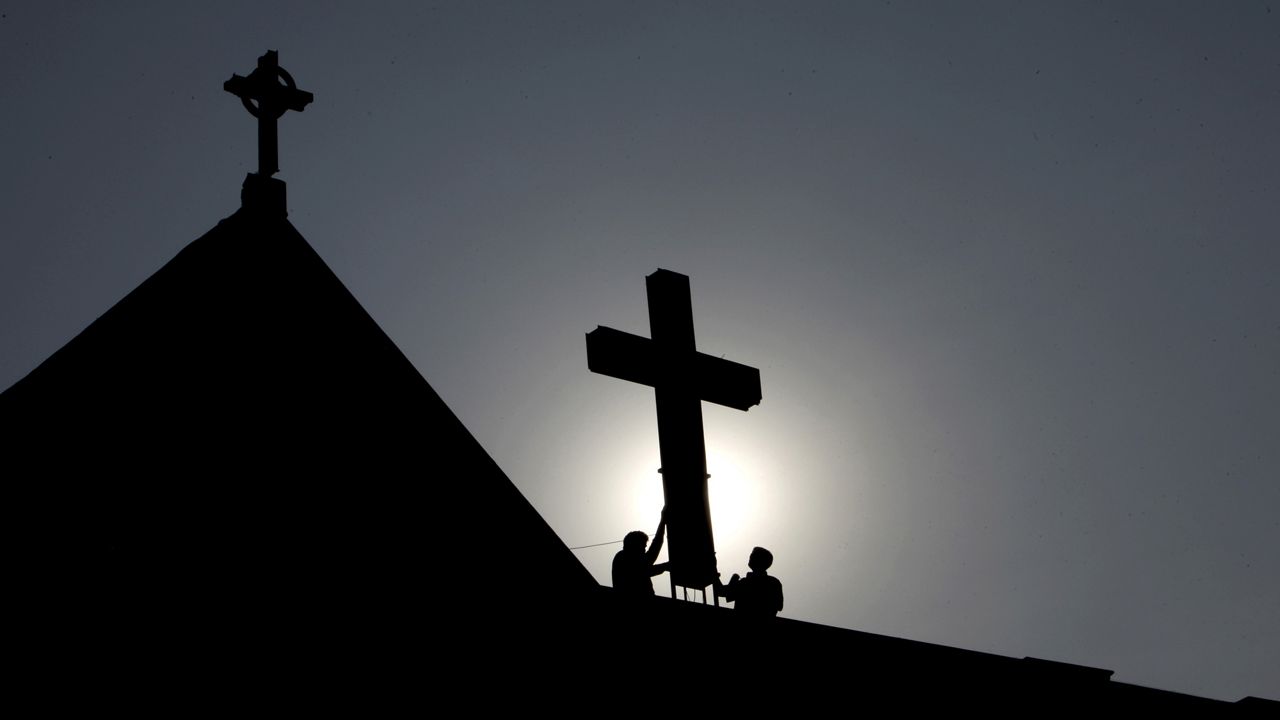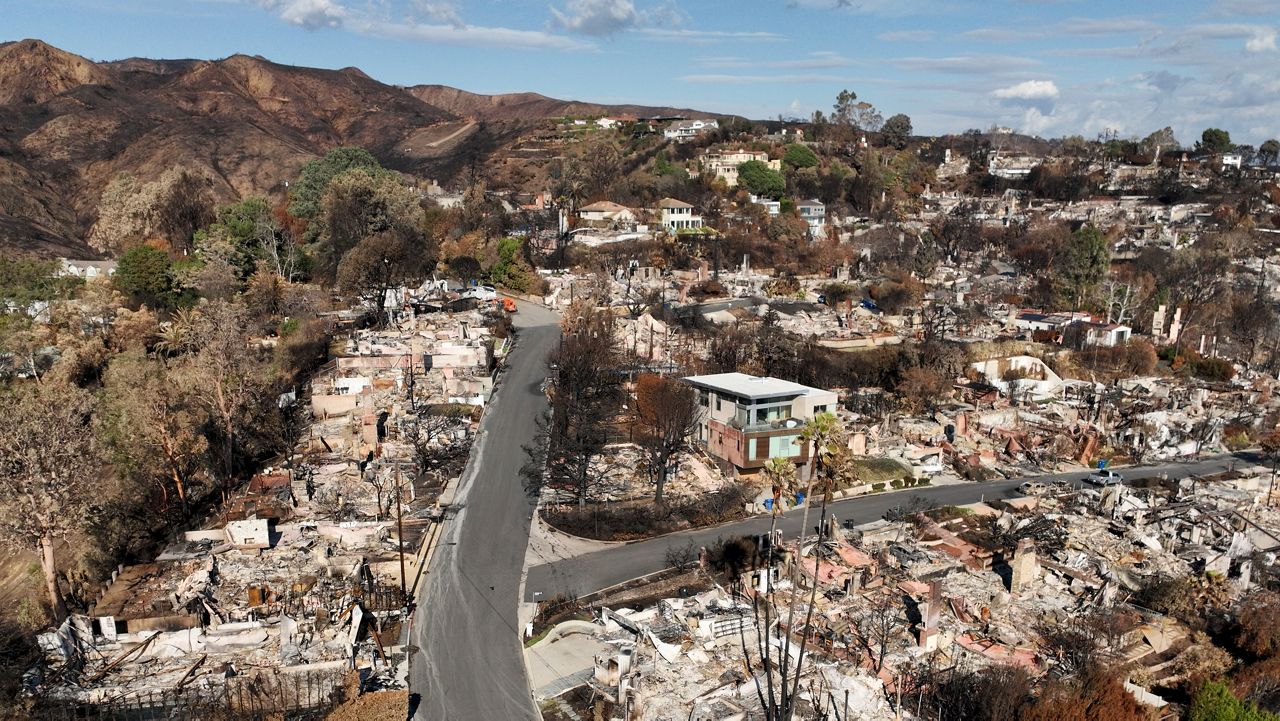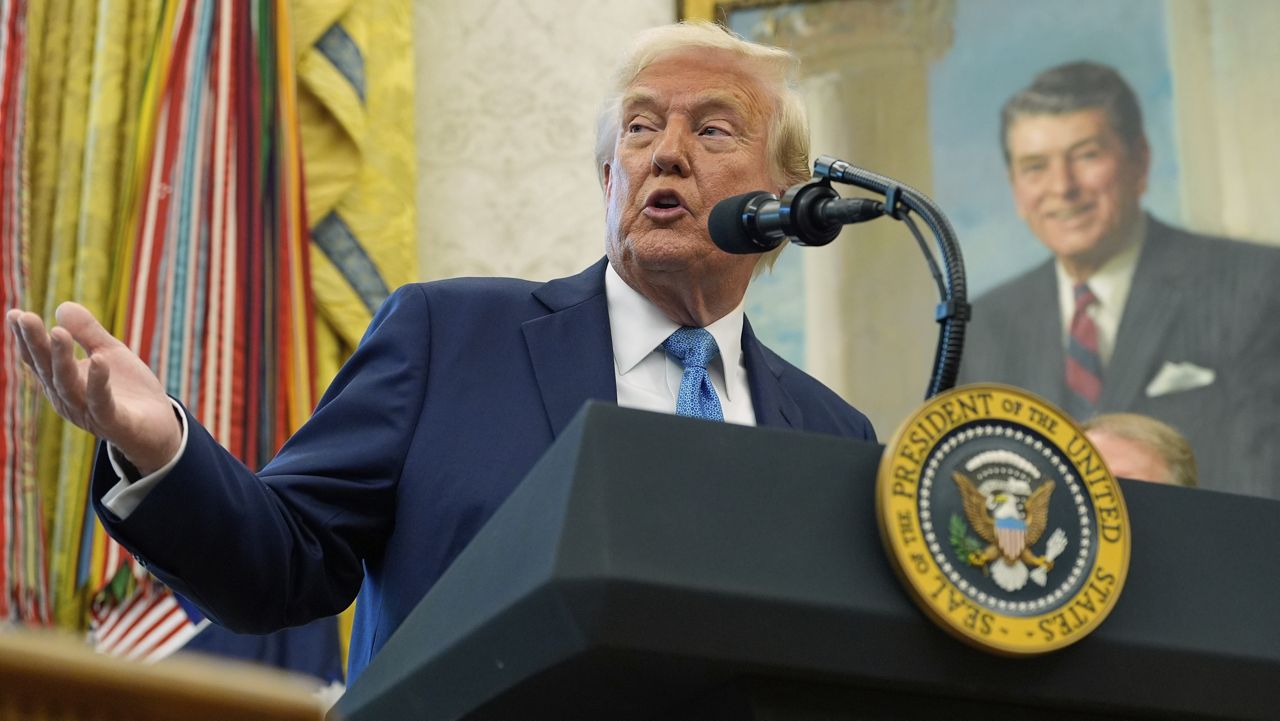Nearly 5.5 million borrowers have enrolled in President Joe Biden’s student loan repayment plan since its official launch about two months ago, with more than half of such enrollees seeing their monthly payments reduced to $0, the White House said on Wednesday.
In a call with reporters to make the announcement, Education Secretary Miguel Cardona noted that at least one borrower in every congressional district in the country is enrolled in the plan.
“It's really important to point out that the work that we do, it's not for red or blue states. It's for students, for borrowers,” Cardona said. “The work that we're doing is really making sure that access is available for more folks across the country.”
The repayment plan – called the Saving on a Valuable Education or SAVE plan – lowers monthly payments for borrowers based on income, halts loans from growing due to unpaid interest and lessens requirements for low-balance borrowers to receive forgiveness.
Under the plan, individuals making less than $32,800 a year or families of four making less than $67,000 a year do not need to make monthly payments – a group that thus far includes 2.9 million of those enrolled.
Those on the plan who make more than those thresholds will see their payments reduced based on income. The White House on Wednesday said that those borrowers are saving $102 a month on average.
“California and Texas each have more than 450,000 borrowers enrolled in SAVE, while congressional districts in Missouri, Ohio, and Michigan had the highest enrollment,” Cardona said.
“The program SAVE, it gives borrowers an opportunity to climb the economic ladder without unaffordable student loan payments weighing them down,” Cardona added.
The plan will not be fully implemented until July 2024.
The SAVE plan was finalized in the wake of the Supreme Court’s decision in June to strike down Biden’s plan to cancel $10,000 in student loans for those making less than $125,000 a year and up to $20,000 for Pell Grant recipients, with the court arguing the president overstepped the White House’s constitutional authority.
In the aftermath of the decision, Biden pivoted to the SAVE plan, later referring to it as “the most affordable student loan plan ever,” during its official launch in August.
Administration officials said about 3 million of those enrolled in the plan thus far were previously on different federal repayment plans, while about 2 million signed up directly for SAVE in the last two months.
But reducing monthly payments is starkly different from canceling or forgiving debt entirely. Following the Supreme Court’s ruling, Biden also said he wasn’t giving up on more sweeping debt forgiveness, saying his administration would try again under a new authority called the Higher Education Act of 1965 – something he warned would take a long time to finalize.
Just last month, the Education Department released draft rules showing under the new authority the administration is moving forward with a plan that was less broad than the one the Supreme Court struck down.








